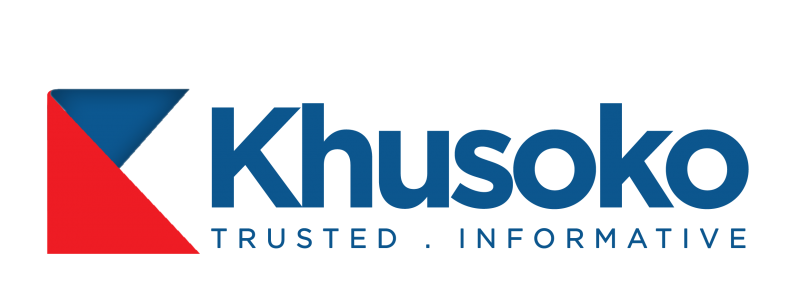Across East African cities, the commercial real estate landscape is undergoing a transition as tenants gravitate toward Grade A, ESG-compliant workspaces.
Latest findings from Knight Frank’s H1 2025 Africa Offices Market Dashboard reveal a widening performance gap between premium and secondary office stock, underpinned by changing workplace preferences, hybrid models, and sustainability benchmarks.
Nairobi: Resilience Amid Oversupply
Kenya’s capital is facing a dual market trend: strong demand for high-quality spaces and rising pressure from oversupply. With 15,000 sqm of new Grade A stock expected by year-end, developers have adopted a “wait-and-see” approach amid cautious absorption.
“Kenya’s office market continues to exhibit resilience, with high-quality, well-priced spaces performing strongly,” notes Mark Dunford, CEO of Knight Frank Kenya.
“Occupiers are willing to pay a premium for quality stock. Properties that incorporate strong ESG credentials and adapt to evolving workplace needs are best positioned to thrive.”
Prominent developments such as The Cube, Eneo at Tatu City, The Mandrake, Matrix One, and Purple Tower are maintaining healthy occupancy levels, highlighting the tenant migration toward ESG-aligned assets.
Grade B offices, though more affordable, are attracting cost-conscious local firms. Prime office rents have held steady at US$13 psm per month for four consecutive quarters.
Kampala: Tenant-Led Uptick in Premium Demand
Uganda’s capital continues to see a shift in occupier preference toward Grade A spaces with modern finishes and superior connectivity. Prime monthly rents for these assets average US$16.50 psm, with newly completed stock commanding up to US$22 psm.
Shared and co-working models are surging, especially among SMEs and professional services firms seeking modular layouts and scalable footprints.
“There is a definite swing by occupiers towards Grade A, ESG-aligned offices, especially in the CBDs where prime occupancy rates are surging,” observes Ben Woodhams, Partner at Knight Frank London’s Africa Desk.
Kampala is, however, bracing for a 100,000 sqm influx in new Grade A space by end-2025, raising questions about absorption rates and rental sustainability.
Dar es Salaam: Incremental Growth with Structural Shifts
Tanzania’s commercial capital recorded a 5-percentage-point rise in occupancy, now at 75%, driven by flexible leasing strategies and reduced speculative construction. Tenants are increasingly pursuing smaller, cost-effective setups in nodes like Kinondoni and Mikocheni.
Despite persistent vacancies in older buildings, Grade A rents remain stable at US$15 psm per month, reinforcing the value of asset quality.
Investor Implications and Strategic Opportunities
With East African cities embracing flight-to-quality trends, landlords must respond by enhancing ESG alignment, upgrading legacy stock, and offering agile leasing terms. Flexible workspace solutions continue to reshape tenant expectations—making adaptability the cornerstone of performance.
Boniface Abudho, Knight Frank Africa’s Research Analyst, concludes:
“Cairo’s rental growth is driven by demand for ESG-compliant space. East Africa will follow suit—provided landlords invest in the right infrastructure and workplace models.”





